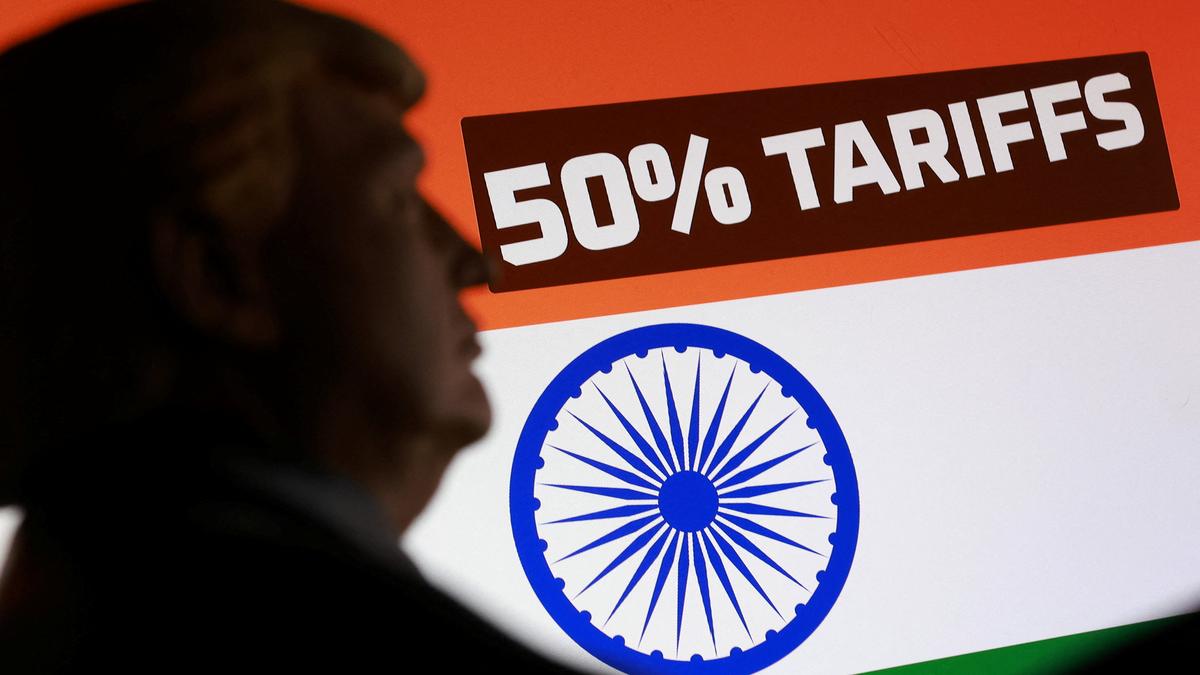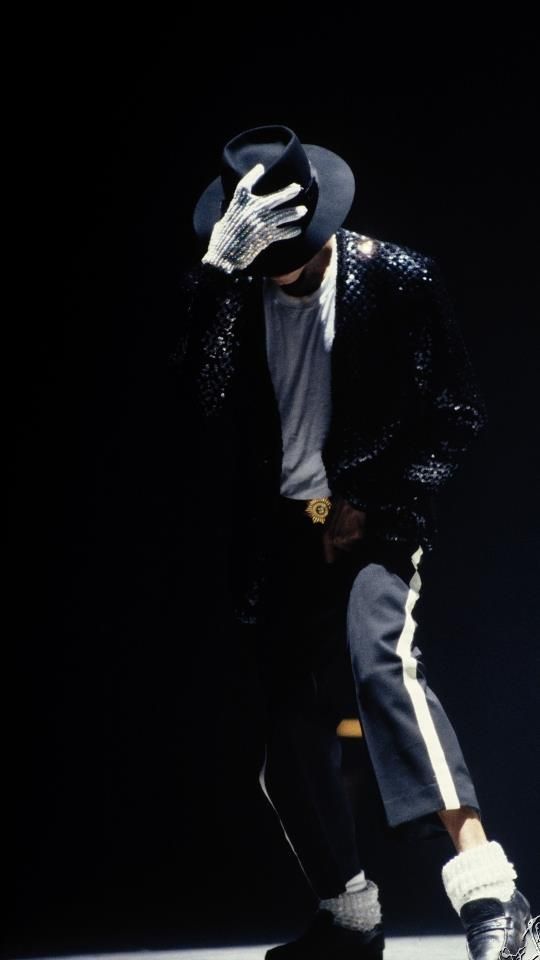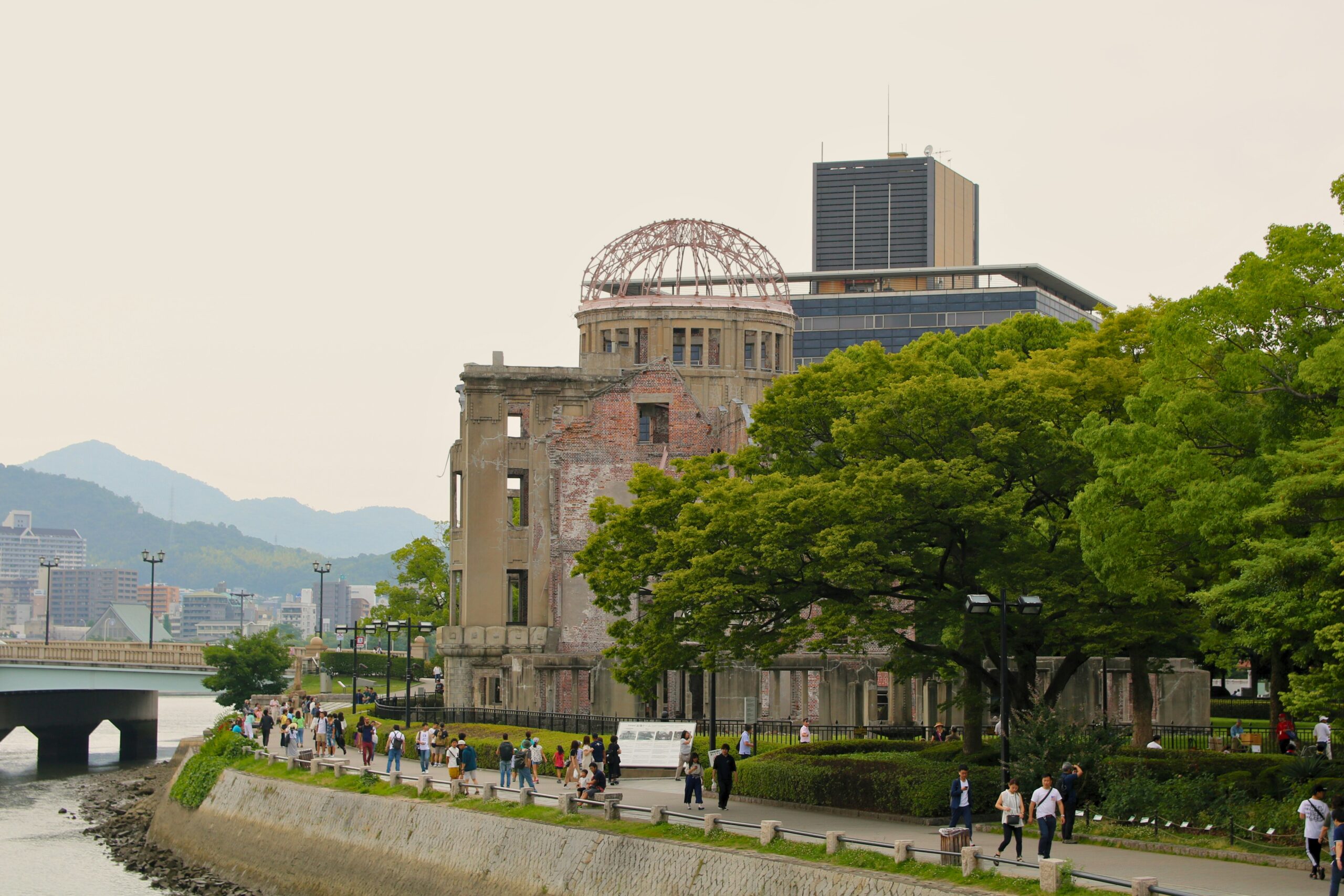Tariffs, Tensions, and Trust Lost: Trump’s Role in the India–US Rift

For decades, India and the United States nurtured a partnership built on mutual respect, shared democratic values, and converging strategic interests. By the late 2010s, the relationship had blossomed into one of the most important bilateral ties of the 21st century. Defense agreements, technology transfers, and strong diaspora connections reinforced this partnership. Yet in Donald Trump’s second term as U.S. President, the foundation of this relationship cracked under the weight of tariffs, missteps, and mistrust. What was once hailed as a “natural alliance” began to resemble a fractured partnership struggling to survive.
The Promise of the First Term
During Trump’s first term, there was genuine optimism in New Delhi and Washington. Despite his transactional worldview, Trump signed key defense and technology agreements with India. These included:
-
COMCASA (Communications Compatibility and Security Agreement), allowing secure military communication systems.
-
BECA (Basic Exchange and Cooperation Agreement), providing India with access to advanced geospatial intelligence.
-
STA-1 Status, placing India alongside NATO allies in terms of technology access.
Together, these moves signaled that the U.S. was serious about treating India as a counterweight to China in the Indo-Pacific. The revival of the Quad (India, Japan, U.S., and Australia) further cemented the partnership. For many, this was a turning point—proof that the world’s largest democracy and the world’s oldest democracy were moving toward deeper integration.
But beneath this optimism, Trump’s “America First” lens meant that economic frictions were bound to resurface. And when they did, the fallout was severe.
Tariff Wars: The Beginning of the Breakdown
The sharpest blow came in 2025 when Trump imposed sweeping tariffs on Indian goods. Initially, a 25% tariff was slapped on key exports such as steel, aluminum, and shrimp. The justification? India’s “unfair trade practices” and its continued purchase of discounted Russian oil. Instead of stopping there, Trump doubled down—raising tariffs to a staggering 50% on multiple product categories.
The results were immediate and painful:
-
India’s shrimp exports, worth nearly $5 billion annually, were projected to fall by 15–18%.
-
Several manufacturing sectors, particularly textiles and auto components, lost competitiveness in the U.S. market.
-
Economists warned that India’s GDP growth could dip below 6% if the tariffs remained in place.
For India, this was more than an economic challenge; it was a political humiliation. For decades, Indian leaders had worked tirelessly to position their country as a responsible global trading partner. Trump’s tariffs painted a very different picture, one that India could not accept without retaliation.
Sovereignty and the Ceasefire Controversy
If tariffs weakened trust, Trump’s handling of South Asian security further strained relations. In mid-2025, Trump publicly claimed he had mediated a ceasefire between India and Pakistan after border skirmishes. The claim was quickly denied by New Delhi, which has long maintained that its disputes with Pakistan are strictly bilateral matters.
This misstep struck at the heart of Indian foreign policy. For decades, India has resisted any hint of third-party mediation in its territorial disputes. By boasting about his role, Trump undermined Indian sovereignty and handed Pakistan diplomatic ammunition. What could have been a moment of quiet backchannel diplomacy instead became a public embarrassment.
Immigration and Deportation: A Human Angle
Another source of resentment was Trump’s immigration policy. His crackdown on H-1B visas directly targeted Indian professionals, who make up the majority of recipients. By urging American tech companies to “stop outsourcing to India,” Trump not only threatened livelihoods but also struck at the heart of the India–U.S. tech partnership.
Matters worsened when reports surfaced of over 100 Indian nationals deported in shackles aboard a U.S. military aircraft. Images and testimonies of inhumane treatment spread quickly in Indian media, fueling anger and anti-American sentiment. For ordinary Indians, this was no longer just about tariffs or strategy—it was about dignity.
Diplomacy Frozen
The cumulative effect of tariffs, ceasefire claims, and immigration disputes was a chilling of high-level diplomacy. Reports suggested that Prime Minister Narendra Modi declined several calls from Trump, a rare public rebuke in the world of international relations. Planned summits, including the Quad leaders’ meeting in India, were quietly canceled.
Trade negotiations that once promised to push bilateral trade toward the $500 billion mark stalled indefinitely. What had started as a vibrant, forward-looking partnership now resembled a stalled engine.
India’s Strategic Reorientation
Faced with hostility from Washington, India began recalibrating its foreign policy. It deepened energy and defense ties with Russia and cautiously reopened channels with China. New Delhi emphasized self-reliance in technology and manufacturing while also seeking stronger trade links with the European Union and Southeast Asia.
Analysts noted that Trump’s policies inadvertently pushed India closer to the very powers the U.S. wanted India to counterbalance. Instead of consolidating an anti-China coalition, Trump fractured it. Beijing, in particular, welcomed India’s softened stance, seeing an opportunity to reduce tensions at a time when U.S.-China competition was heating up.
Lessons and the Road Ahead
The unraveling of India–U.S. ties under Trump’s second term offers important lessons for both countries:
-
Transactionalism has limits. While trade imbalances are real, reducing a strategic relationship to tariffs and deals ignores the broader geopolitical stakes.
-
Respect matters as much as economics. Public claims of mediation and harsh deportation measures damaged trust far more deeply than tariffs alone.
-
India will not be anyone’s pawn. New Delhi has shown it will recalibrate its foreign policy if it feels sidelined or disrespected.
-
U.S. credibility in Asia is fragile. For America to retain influence, it must reassure partners like India that alliances are not conditional whims.
Conclusion
The India–U.S. partnership has weathered many storms, from Cold War suspicion to nuclear sanctions. But the turbulence of Trump’s second term was unique in its intensity and scope. By weaponizing tariffs, overstepping on sovereignty, and hardening immigration, Trump eroded decades of carefully built trust.
Whether future U.S. administrations can repair the damage remains to be seen. What is clear, however, is that India will remember this period as a turning point—when a relationship once full of promise was derailed by tariffs, tensions, and the loss of trust.





